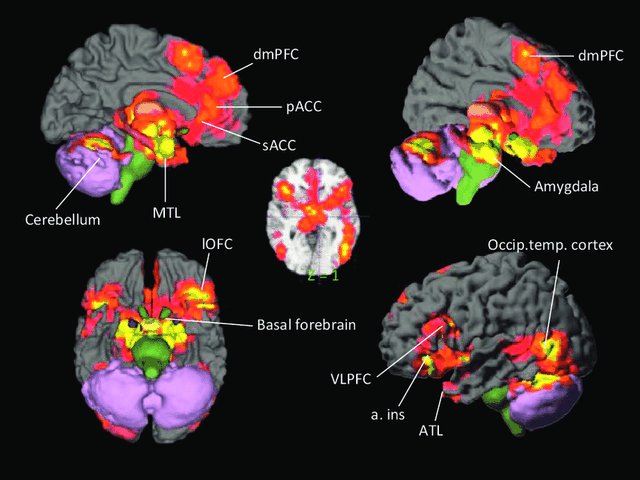
The brain, an atlas of feelings
Neuroscience is entering a new era where human emotions are no longer just a philosophical mystery, but a measurable and visualized process. Scientists have managed to create “maps” of the brain that show precisely which areas are activated when we feel joy, fear, anger or calm. These maps function as an emotional atlas, better explaining the relationship between the brain and our everyday experiences.
A step towards personalized therapies
This discovery is a revolution in the treatment of mental health disorders such as anxiety and depression. By understanding exactly where and how emotions arise, doctors can develop much more targeted and effective therapies. Instead of general treatments, patients can receive personalized interventions – from stimulating specific areas of the brain to emotional training techniques to regulate neural responses.
The technology behind brain maps
To create these maps, researchers use advanced combinations of functional magnetic resonance imaging (fMRI), artificial intelligence, and data analysis. With millions of brain scans and large-scale data processing, they are able to identify the neurological “traces” of emotions and compile a new “language” to understand them.
A future where emotions will be deciphered
In the future, these maps could be used not only in medicine, but also in other fields such as education, interpersonal relationships or even artificial intelligence, teaching it to better understand human emotions. With this new knowledge, our brain is no longer an unsolvable mystery, but an open universe that can be studied, understood and treated with scientific precision.





